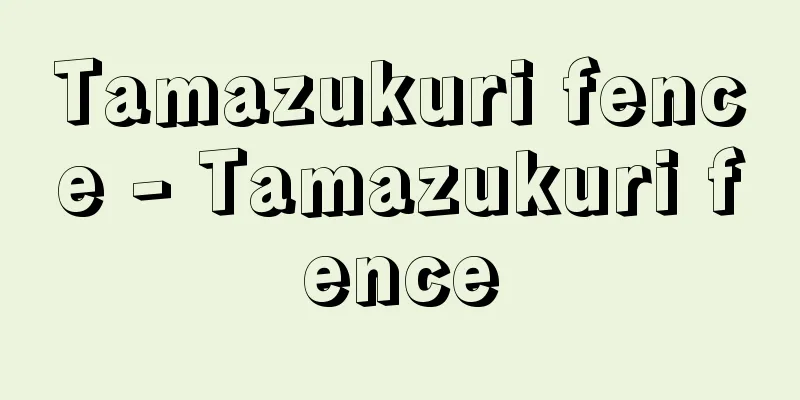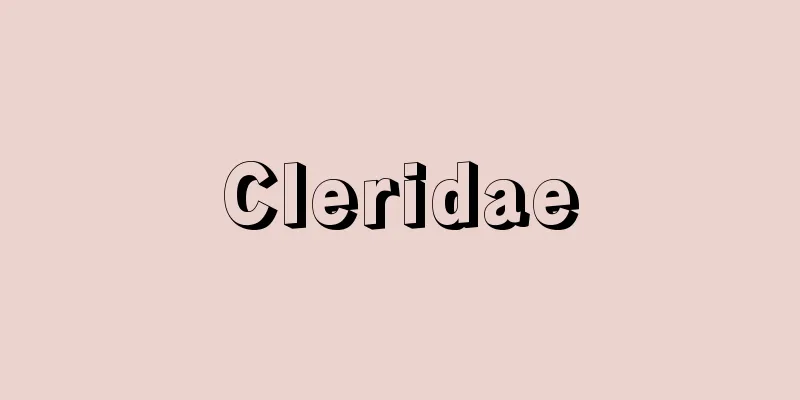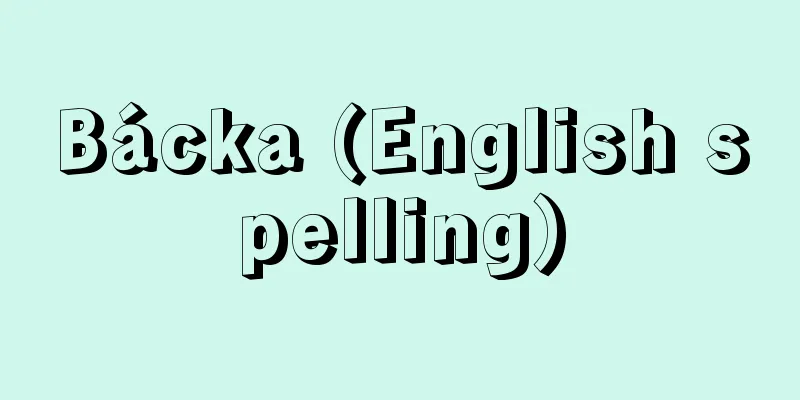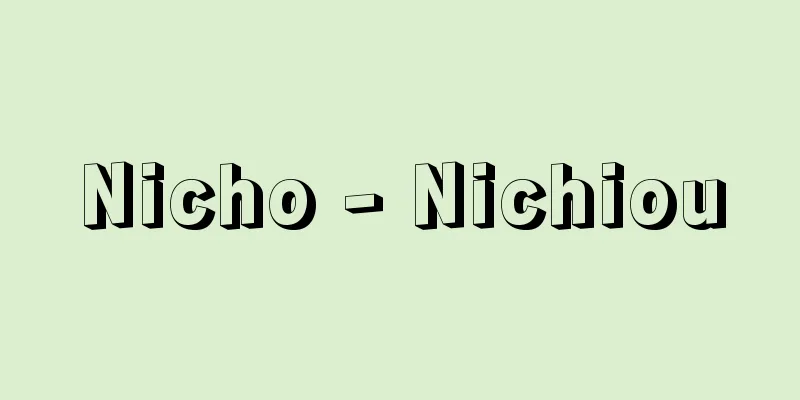Orfeo - Orfeo
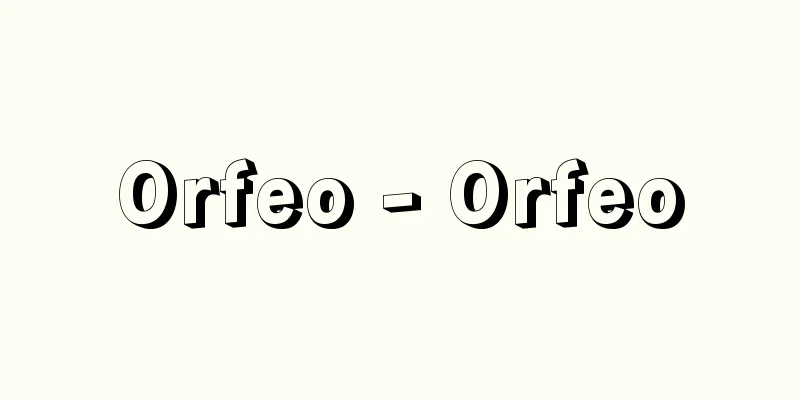
|
…The Camerata's Euridice (1600), with a libretto by Ottavio Rinuccini (1562-1621) and music by Peri, is the oldest opera that has been handed down to the present day. Opera was then passed on to the court of Mantua (with Monteverdi's Orfeo, etc.), and after the construction of a public theater in Venice in 1637, it flourished as a civic art in the city, Rome, and then Naples. In the first half of the 18th century in Naples, opera as a modern comedy was established and developed alongside the traditional mythological and historical dramas, the former of which came to be called opera seria (meaning serious opera) and the latter opera buffa (meaning frivolous opera). … From [Opera]... Moreover, not only in these countries with strong ethnic characteristics on the periphery of Europe, but even in the countries in the center of Europe that were the main drivers of musical development, the differences in national and ethnic characteristics were striking. There are Vienna (Italian) and Paris (French) versions of Gluck's Orfeo, and German and French versions of Wagner's Tannhäuser, but when both were performed in France, they were significantly revised to take into account the French people's preference for ballet. Incidentally, in all countries other than Italy, where opera was born spontaneously, opera was an art form imported from outside. ... From [Orpheus] … [Tomohiro Mizutani] From [Violin]...The first example is L. Marenzio's Sinfonia (1589). On the other hand, Monteverdi, who was born in Cremona, used the violin in his opera Orfeo (1607), paving the way for the violin to establish its position as a central instrument in the orchestra. Violin music in the 17th century broke away from its reliance on the playing style of the viol, which had been the main string instrument up until that point, and established its own instrumental expression influenced by the flamboyant singing of the theater, along with the techniques unique to the violin. ... From 【Harp】…The diatonic scale was the basis, but the double harp that appeared in the 16th and 17th centuries when polyphony flourished was given a double string arrangement with chromatic scales. The arpa doppia (double harp) specified in the score of Monteverdi's Orfeo is none other than this type. The triple harp that appeared in Wales in the 17th century was also made for the same purpose and had a triple string arrangement. … From Monteverdi…From 1590, he served as a viola player at the court of the Duke of Mantua, and in 1601 he became Kapellmeister. His works during his time in Mantua include the third to fifth books of the Madrigals (1592, 1603, 05), the operas Orfeo (1607) and Arianna (1608), and the church work Vespers of the Virgin Mary (1610). These works show many new musical characteristics, such as basso continuo, homophony, free harmonic progression, bold dissonance, expressive recitative, magnificent concertato (a technique that combines voices and instruments, or voices and instruments, or instruments), and a rich use of instruments, and show that his music had entered the Baroque era, which was full of dramatic expression. … *Some of the terminology that refers to "Orfeo" is listed below. Source | Heibonsha World Encyclopedia 2nd Edition | Information |
|
…カメラータのリヌッチーニOttavio Rinuccini(1562‐1621)の台本,ペーリの作曲による《エウリディーチェ》(1600)は,今日まで伝えられた最古のオペラである。その後オペラは,マントバの宮廷に引き継がれ(モンテベルディ作曲《オルフェオ》など),1637年にベネチアに公開劇場が作られてからは,同市やローマ,次いでナポリなどで,市民の芸術として隆盛をきわめた。18世紀前半のナポリでは,従来のような神話劇,歴史劇としてのオペラのかたわらに,現代喜劇としてのオペラが成立して発展し,前者はオペラ・セーリア(重厚なオペラの意),後者はオペラ・ブッファ(ふざけたオペラの意)と呼ばれるようになった。… 【オペラ】より… さらに,これらのヨーロッパ周辺の民族性の強い国々だけでなく,音楽の発展の主流を担ったヨーロッパ中枢部の国々においてさえ,国民性・民族性の差異は顕著であった。グルックの《オルフェオ》にはウィーン版(イタリア語)とパリ版(フランス語)があり,ワーグナーの《タンホイザー》にもドイツ語版とフランス語版があるが,両者ともフランスで上演するに当たっては,フランスの人たちのバレエ好みを考慮して,大幅な手直しを行っている。ついでながら,自然発生的にオペラが生まれたイタリア以外の諸国では,いずれの国でも,オペラは外から移入された芸術であった。… 【オルフェウス】より…【水谷 智洋】 【バイオリン】より…その最初の例は,L.マレンツィオの〈シンフォニア〉(1589)である。他方クレモナ出身のモンテベルディはオペラ《オルフェオ》(1607)の中でバイオリンを使い,バイオリンがオーケストラの中心的楽器としての地位を確立していく道を開いた。 17世紀のバイオリン音楽は,それまでの主要な弦楽器であったビオルの奏法への依存から脱して,バイオリン特有の技巧とともに,劇場での華やかな歌唱から影響を受けた,独自の器楽的表現を確立していった。… 【ハープ】より…全音階が基本であったが,多声音楽が興隆した16,17世紀に出現したダブル・ハープdouble harpは,半音階を交えた二重の弦列が与えられている。モンテベルディの《オルフェオ》の楽譜に指定されている〈arpa doppia(二重ハープ)〉はこの型にほかならない。17世紀のウェールズに現れたトリプル・ハープtriple harpも,同じ目的で作られたもので,三重の弦列を備えていた。… 【モンテベルディ】より…1590年からマントバ公の宮廷にビオラ奏者として仕え,1601年には楽長になった。マントバ時代の作品には《マドリガーレ集》第3~5巻(1592,1603,05),オペラ《オルフェオ》(1607),《アリアンナ》(1608),教会作品《聖母マリアの夕べの祈り》(1610)などがある。これらの作品には通奏低音,ホモフォニー,自由な和声進行,大胆な不協和音,表現的なレチタティーボ,壮麗なコンチェルタート(声と楽器,あるいは声同士,楽器同士を対比的に掛け合わせる技法),楽器の豊富な使用など多くの新しい音楽の特徴がみられ,彼の音楽が劇的表現に満ちたバロックへと足を踏み入れたことを示している。… ※「《オルフェオ》」について言及している用語解説の一部を掲載しています。 出典|株式会社平凡社世界大百科事典 第2版について | 情報 |
>>: "Song of Orpheus" - Orpheus no Uta
Recommend
Potto - Potto (English spelling)
A prosimian of the loris family of primates (illus...
External breast - Gainyu
The outer layer of the nucellus is called the oute...
Seal - Inshin
〘 noun 〙① seal. Seal form (ingyo) . Also, a docume...
Borsch - borshch (Russian)
It is a typical stew soup among Russian soups. It...
Op Art
"Op" comes from optic or optical, which ...
Ensor, B.
...After returning to France, he established an e...
Rie Shi-yeon (English spelling) (R)I Cha‐yŏn
1003‐61 A politician from the Goryeo Dynasty, Kore...
Emperor Gao (English spelling)
427‐482 Founder of the Southern Qi dynasty in Chin...
Under den Linden (English spelling)
... The man who put an end to this stagnation was...
Adams Bridge
...The entire strait lies on the continental shel...
Fleshy fruit
…Fruits can be classified based on the shape of t...
Sairyu-ji Temple
A nunnery located in Nara City at the request of E...
Kanigsburg, EL - Kanigsburg
...Other authors include E. G. Speare, who wrote ...
Sakute - Sakute
〘Noun〙① Since the Heian period, this refers to the...
Northern Ireland Highlands
…(7) Southwest England Highlands The plateau is m...
